
Conversations InterGender
Conversation Analysis
Each conversation is accompanied by an analysis to give a quick evaluative summation of the students’ performance along with a recommendation of how the students could do better. Various patterns of fluency and dysfluency might be cited if the issue is relevant to the video / transcript.
View Sessions by Type
The Buttons
below provide access to our archive by session, level or type
Basic
Advanced
Type
Intragender
Intergender
Intergender Conversations

Mizuki and Takuya
Session Adv 2 : Female 1 to Female 2 Statistics Number of Words: 660...
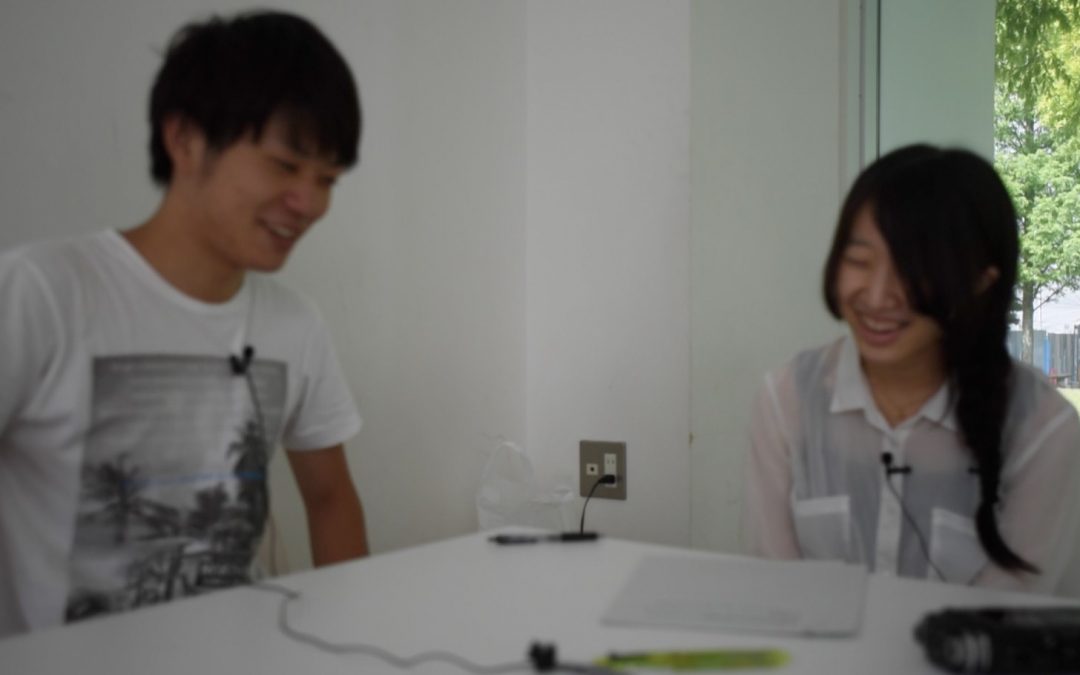
Yuusei and Harumi
(This conversation has no video)
This discussion in session eight between Yuusei and Harumi shows a relatively low speaking rate, with Harumi having a speaking rate (A) of 59.5 as well as having a short MLR of 5.1. Her responses tend to be quite passive and uninformative and again her number of words are almost half of that of Yuusei’s. Yuusei’s articulation rate is a bit faster 1.8 to 1.1 but his speaking rate is 40 points higher than Harumi’s. However, Yuusei’s amount of silence is quite high 35.1 seconds compared to Harumi’s of 2.2. Lexical dysfluency is low but in syntactic dysfluency, there is a lot of repetition from both speakers. In short, this is a situation in which both speakers can bring far more to the table and to be more confident in their production.

Harumi and Ryutaro
This discussion between Harumi and Ryutaro shows again a relatively low speaking rate for Harumi and relatively high rate for Ryutaro. Acoustic dysfluency is average, 5.8% or 37.3 seconds, and the conversation has no cross-talk pausing. It is quite animated, but there are too many minimal responses on the part of both. Harumi has 5.1 syllables syllables for her mean length runs while Ryutaro has 9.5. Again the mail dominates in the number of words produced with 371 and 205, and there is a bit too much repetition by both of the participants. This goes to show that while an interchange can be quite animated, the actual fluency can be quite low. The dysfluency is hidden by the minimal responses on the part of both participants.
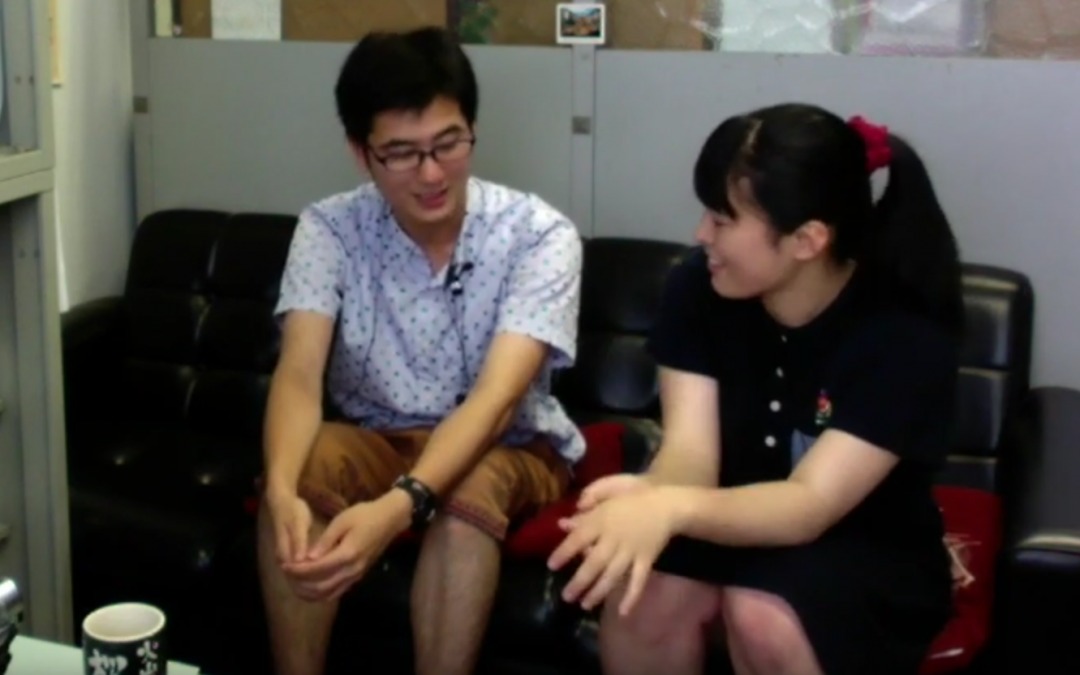
Ryotaro and Toko
Ryotaro is now talking with Toko, and in this discussion is they are discussing their favorite person. As both are in space technology, the two hit it off and the discourse is animated. Again, Toko produces far more words than her male counterpart, with 473 compared to Ryotaro’s 374, so this is rather refreshing to see. Acoustic dysfluency is low, 1.0% percent silence for overall discussion, and cross-talking pausing is non-existent. Lexical dysfluency is low, but in syntactic dysfluency, there is a high level of repetition, 42, for Ryotaro and 59 for Toko, likewise there is also a high level of meaningless syllables. MLRs are average. Minimal responses were low, and this was good to see.
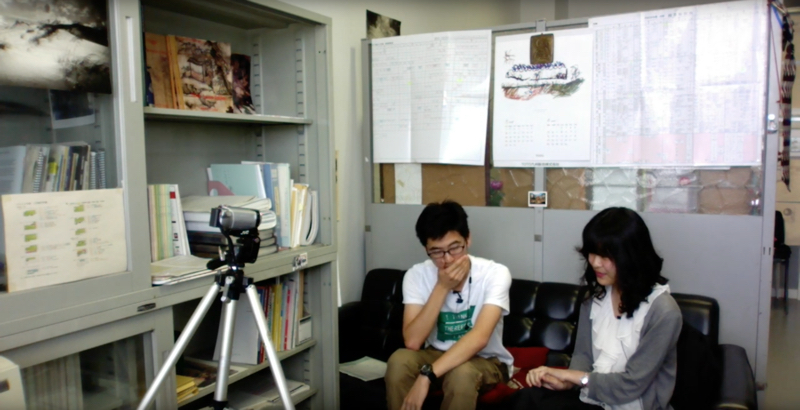
Ryotaro and Kaho
Ryotaro is now meeting Kaho and while cross-talk pausing is noted (16.5 seconds) Kaho seems far more comfortable talking with Ryotaro, though the overall amount of silence for the entire interaction is still high, 57.5 second, or 7.1%. Speaking rate is average for Ryotaro, but is quite low for Kaho, 50.4. Lexical dysfluency is low though some L1 is used. As for syntactic dysfluency, Ryotaro has high MLRs (14.9) but Kaho’s are average, 10.7. Again, we see, in regard to production, the males producing a far high number of words, Ryotaro’s 413 to Kaho’s 279. Meaningless syllables are slightly high. In short, both participants were more relaxed but had to think through their answers regarding their most important things in life.

Toko and Takumi
Takumi is now talking with Toko in his second gendered discussion. This one is quite different from his interaction with Kaho. The discussion is very animated and Toko is thoroughly engaged and interested, particularly when discussing music. This also is one of the few interactions that shows the female actually having more production, with Toko having 598 words compared to Takumi’s 374. Acoustic dysfluency is minimal, very little silence noted (0.3% for overall discussion!), and with lexical dysfluency only the moderate use of L1 is noted. For syntactic dysfluency, there is a high level of repetition for both participants, 45 for Toko and 59 for Takumi, and MLRs are average 12.8 for Toko but Takumi’s is rather on the low side, 8.4.
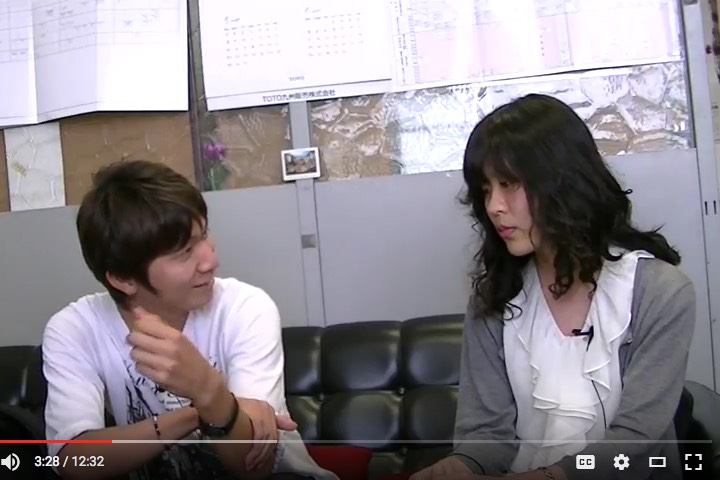
Takumi and Kaho
Kaho and Takumi have a rather awkward conversation with a very high rate of silence 18.7%. At times it seems that Kaho is extremely uncomfortable in talking with Takumi, and both participants have high rates of silence 62.4 for Takumi and 54.2 for Kaho. While the topic of exercise and sports is one that Takumi seems to delight in, it doesn’t seem apparent that Kaho has any knowledge or interest in the topic until later on when she does show some knowledge, in talking about her previous ballet experience and knowledge of baseball. As for acoustic dysfluency, there is high rate of cross-talk pausing 19.2 seconds, with several micropauses with Takumi. Takumi has a 12.2 second mean length pause rate as compared to Kaho, indicating that he is apparently at his wits end in trying to get responses from Kaho. Lexical dysfluency is only high with the use of L2, with Takumi having 23 occurrences.

Yuki and Nanami
This discussion between Yuki and Nanami shows, again, the tendency for males to dominate gendered discussions. Yuki’s speaking rate is 100.9 while Nanami’s is 49.3; likewise, Yuki’s number of words is 462 while Nanami’s is 285.While the amount of silence is low 6.6%, Nanami has 39.9 seconds compared to Yuki’s 0 seconds. Lexical and syntactic dysfluency is average, though Yuki does have a high level of repetition with him repeating “yes” too often. I would recommend that women take some time to see how they can be better engaged and proactive in such discussions.

Yuusei and Natsumi
This discussion between Natsumi and Yuusei show a relatively high speaking rate, with Natsumi having a speaking rate (A) of 92.3 while the male speaker has rate of 124.9, and the overall percentage of silence for the entire conversation was only 2.6%. Thus, acoustic, lexical, and syntactic dysfluency is relatively low though issues do remain with mean length runs (MLRs) which are relatively short, and with repetition, and meaningless syllables. However, in listening to the video, it becomes apparent that the high level of repetition and rephrasing found in Natsumi’s speech can make listening slightly irritating, but comprehension is unimpaired. Again, it is easy to see how minimal responses can impact the overall message, and again, more production and more explanation from the two speakers would make the interaction even more pleasant.
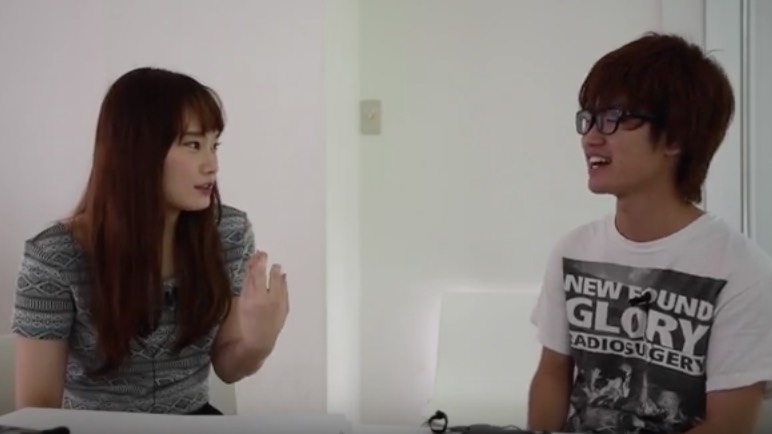
Natsumi and Ryutaro
This discussion between Natsumi and Ryutaro shows a low speaking rate with a lot of minimal responses. This does make for difficult listening, but the amount of silence is very low (1.8%) and the participants were engaged and motivated. There was a very high rate of retracing and repetition with Natsumi, and both had a high rate of meaningless syllables. This discussion shows the need to provide far more information in our replies, giving more details, even a story or an example. Again, this interaction shows more about the nature of dysfluency than fluency.
